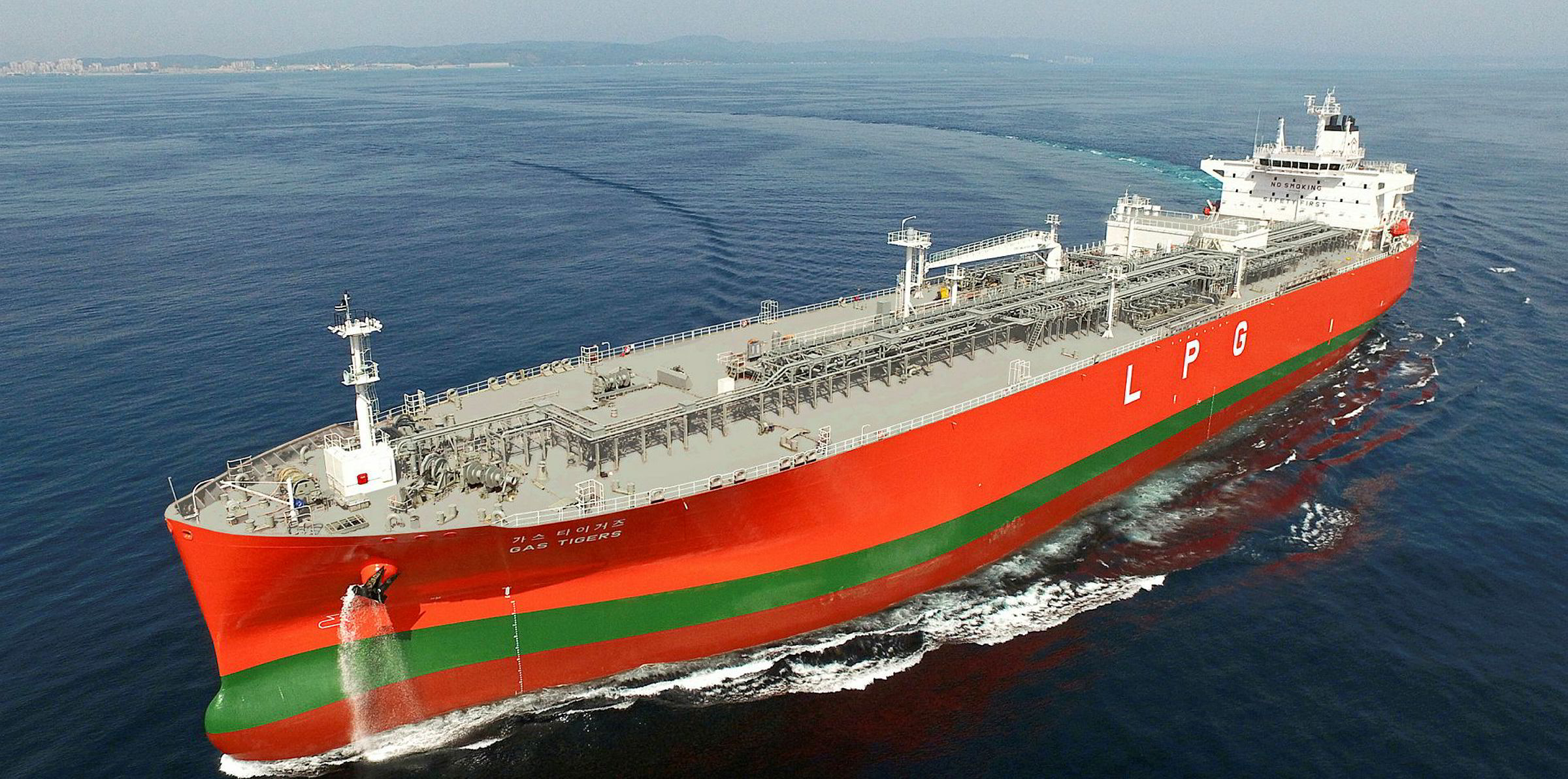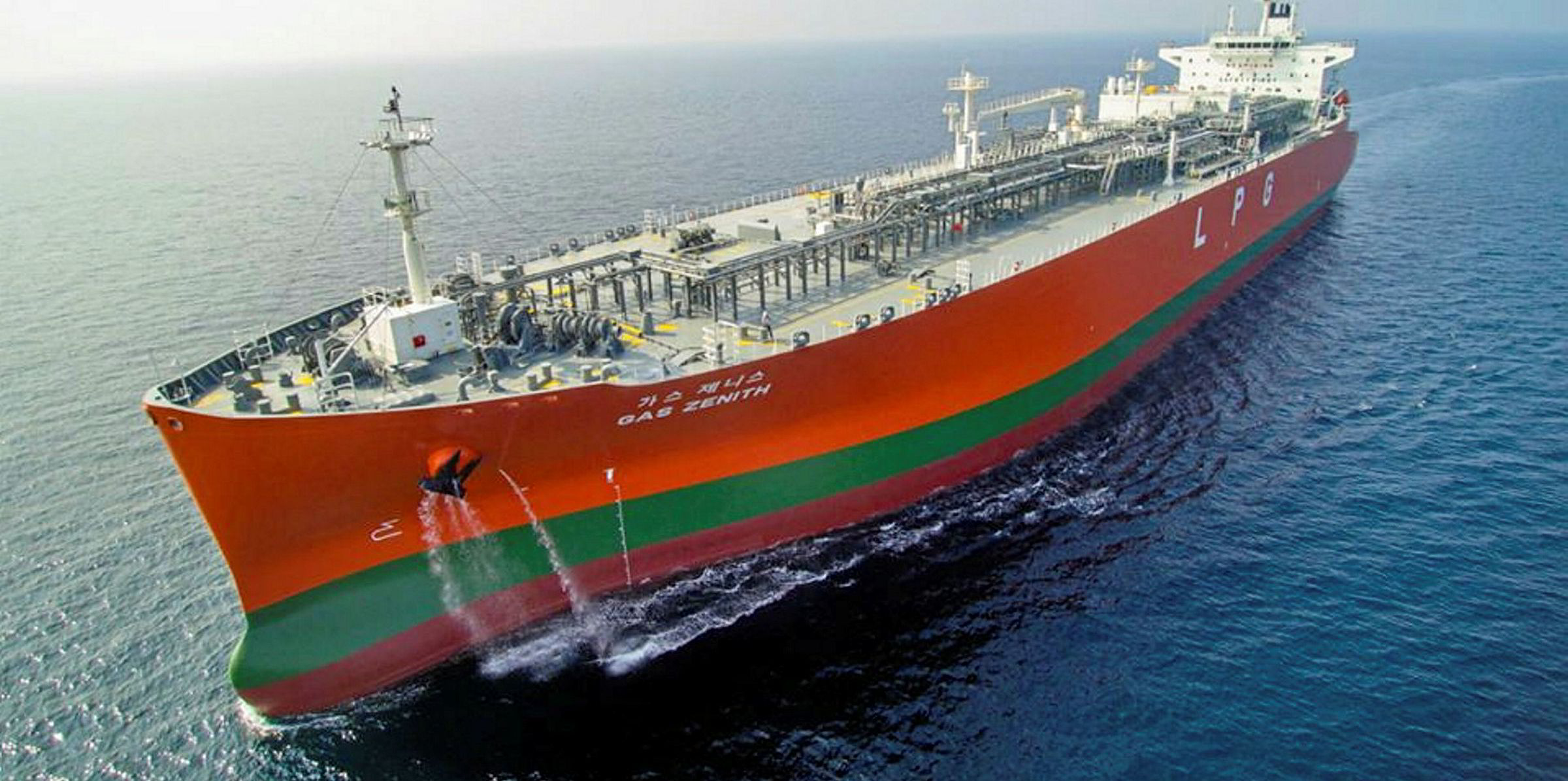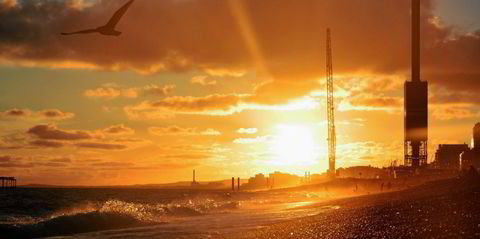South Korea’s KSS Line is capitalising on its LPG and chemical tanker experience in a bid to provide third-party management and other services to shipping companies.
KSS Line president Dae-Sung Lee told TradeWinds that the company established KSS Marine — a third-party services unit — more than a year ago.
The purpose in forming the outfit is to share its experience and know-how with partners and help them earn extra revenue.
“KSS Line has been involved in LPG and chemical transportation market for over 50 years,” Lee said.
Web-based offering
“We have our own in-house vessels management system and we realised we could cater individual service to our partners such as charterers, shipowners and others.”
Crew manning and training, vessel management and newbuilding supervision are some of the services KSS Marine offers.
“Our services are web-based and anyone who has an internet connection can use our system anywhere in the world to train the crew, manage ship’s machinery [and] vessel maintenance,” Lee said. “These programmes are developed in-house and are based on our experience.”
Besides setting up KSS Marine, KSS Line has also been capitalising on its LPG experience to develop new designs for VLGCs.
Earlier this year, it teamed up with Hyundai Heavy Industries to devise the next generation of 84,000-cbm and 90,000-cbm gas carriers.
The purpose of developing the new designs is to increase the efficiency of LPG trading and enable the charterer to save costs
Dae-Sung Lee
“The purpose of developing the new designs is to increase the efficiency of LPG trading and enable the charterer to save costs,” Lee said.
Greater capacity
“[The] new Panama Canal will be congested due to increased export of LNG and LPG from the US on the back of shale output. Our designed 84,000-cbm vessel will be able to transit through the old Panama Canal and this makes the ship more competitive.”
VLGCs of over 80,000 cbm built to current designs can only pass through the new, larger locks of the Panama Canal, which costs more than using the waterway's old locks.
KSS Line's 90,000-cbm VLGC will enable charterers to load more cargo when trading via the new Panama Canal than the current LPG carrier fleet, which has a maximum capacity of 86,000 cbm.
“It is not easy to develop a new ship design, as it needs to prove its worth to the market. Shipbuilders find it difficult to come up with the best design since they do not have the experience in operating vessels,” KSS Line said.
“KSS’ long shipping experience and knowledge has helped us to identify design problems of a ship and together with a competent shipyard, we are able to develop a 'masterpiece' product.
Scrubber fitting
"We believe our joint-designed VLGC will set the trend in the LPG transportation market. A lot of charterers are showing interest in the gas carrier.”
KSS Line has ordered three of its inhouse-designed 84,000-cbm newbuildings for delivery during the first half of 2021.
The VLGCs were ordered against long-term charters from BGN International DMCC and Spain’s Vilma Oil, with the former fixing two ships.
KSS Line has opted to install scrubbers on the newbuildings, as the company thinks the supply of LPG as a bunker fuel has not “stabilised”.
“KSS Line is a conservative company and we do not order newbuildings against speculation,” Lee said.
The company controls a fleet of 27 vessels, comprising eight VLGCs, three midsize gas carriers (MGCs), four pressurised small gas tankers, four LNG carriers and eight chemical tankers. It has scheduled to fit scrubbers tothree of its VLGCs.
“As for the remaining VLGCs, we are waiting for the charterers' decisions,” KSS Line said. The company has decided to use low-sulphur fuel to power its small vessels since they consume less fuel.
Positive outlook
The company has a positive outlook on the LPG market, saying the coming IMO 2020 sulphur regulations will create a lower supply of LPG carriers as they need to be put in dry dock for retrofitting of exhaust gas cleaning systems or fuel tank cleaning. It predicts the IMO exercise will affect 2% to 3% of the LPG trading fleet.
“There is also stable demand for LPG from South East Asia, China and India,” KSS Line said. “A lot of cargo is coming out from the US to Asia, hence tonne miles in LPG transportation will increase. This will create tight supply of LPG ships and we think it will continue for some time. When the trade relationship between China and US improves, the LPG market will even be better.”
On the other hand, KSS Line is cautious about the depressed world economy, saying it may lead to a decrease in demand for global energy.
“This will cause less cargo to be transported and will have negative impact on the LPG transportation market,” KSS Line said. “On top of this, 10 VLGCs are scheduled for delivery during the second half of this year.”






